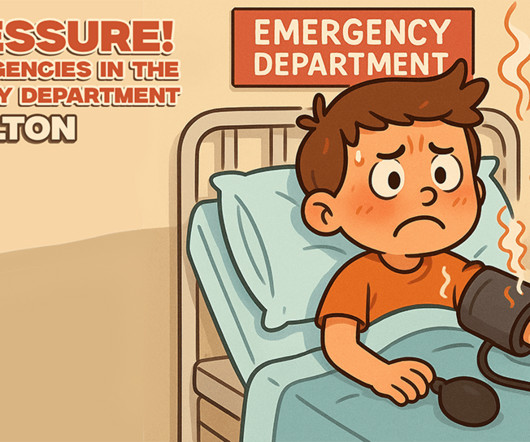Under Pressure: Hypertensive Emergencies in the Pediatric Emergency Department
PEMBlog
JUNE 2, 2025
Recognizing Hypertensive Emergencies The end-organ dysfunction component of this diagnosis presents as particular symptoms, physical exam findings, or laboratory and imaging results. Additional lab testing can be completed to account for the broader differential diagnoses. A value of > or = 50 ng/mL is considered abnormal.











Let's personalize your content